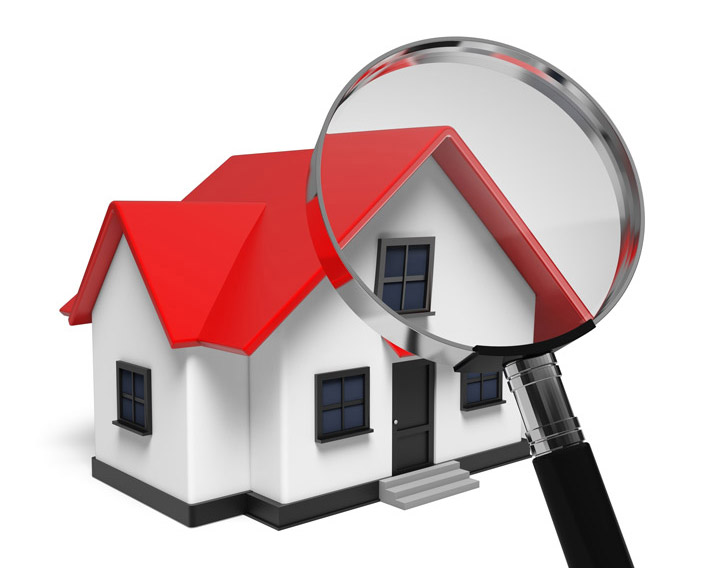
What Are the Components of an Appraisal?Their home's purchase is the most important investment many people will ever consider. It doesn't matter if a main residence, a second vacation home or one of many rentals, purchasing real property is a complex transaction that requires multiple people working in concert to make it all happen. You're likely to be familiar with the parties having a role in the transaction. The most recognizable entity in the transaction is the real estate agent. Then, the mortgage company provides the money necessary to finance the transaction. And the title company makes sure that all aspects of the exchange are completed and that the title is clear to pass from the seller to the buyer. So, what party is responsible for making sure the value of the property is consistent with the amount being paid? This is where you meet the appraiser. We provide an unbiased opinion of what a buyer might expect to pay — or a seller receive — for a parcel of real estate, where both buyer and seller are informed parties. A licensed, certified, professional appraiser from Alpine Appraisals will ensure, you as an interested party, are informed. The inspection is where an appraisal startsOur first responsibility at Alpine Appraisals is to inspect the property to ascertain its true status. We must see features hands on, such as the number of bedrooms and bathrooms, the location, living areas, etc, to ensure they indeed are present and are in the condition a typical person would expect them to be. To make sure the stated size of the property is accurate and convey the layout of the home, the inspection often requires creating a sketch of the floorplan. Most importantly, we look for any obvious features - or defects - that would have an impact on the value of the property. Once the site has been inspected, an appraiser uses two or three approaches to determining the value of real property: a paired sales analysis, a replacement cost calculation, and an income approach when rental properties are prevalent. 
Replacement CostThis is where we use information on local building costs, labor rates and other factors to derive how much it would cost to replace the property being appraised. This estimate usually sets the maximum on what a property would sell for. The cost approach is also the least used method. 
Paired Sales AnalysisAppraisers can tell you a lot about the subdivisions in which they appraise. They thoroughly understand the value of particular features to the homeowners of that area. Then, the appraiser researches recent transactions in the area and finds properties which are 'comparable' to the home being appraised. Using knowledge of the value of certain items such as upgraded appliances, additional bathrooms, additional living area, quality of construction, lot size, we add or subtract from each comparable's sales price so that they more accurately match the features of subject property.
After all differences have been accounted for, the appraiser reconciles the adjusted sales prices of all the comps and then derives an opinion of what the subject could sell for. When it comes to putting a value on features of homes in Denver and Denver, Alpine Appraisals can't be beat. This approach to value is commonly given the most consideration when an appraisal is for a home sale. Valuation Using the Income ApproachA third way of valuing real estate is sometimes employed when a neighborhood has a reasonable number of renter occupied properties. In this situation, the amount of income the property yields is taken into consideration along with other rents in the area for comparable properties to give an indicator of the current value. Putting It All TogetherCombining information from all approaches, the appraiser is then ready to stipulate an estimated market value for the property in question. It is important to note that while the appraised value is probably the best indication of what a house is worth, it may not be the price at which the property closes. There are always mitigating factors such as seller motivation, urgency or 'bidding wars' that may adjust an offer or listing price up or down. But the appraised value is often used as a guideline for lenders who don't want to loan a buyer more money than they could recover in the event they had to sell the property again. At the end of the day, an appraiser from Alpine Appraisals will guarantee you discover the most fair and balanced property value, so you can make the most informed real estate decisions. |